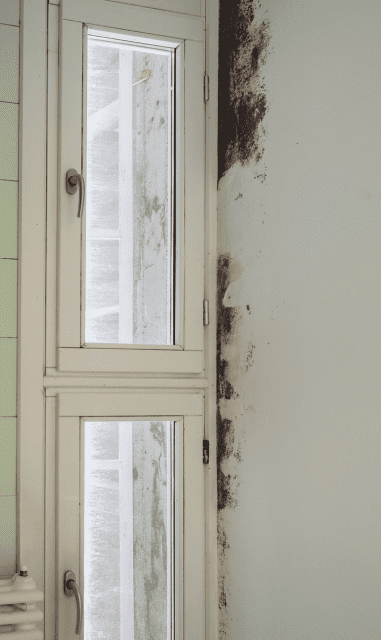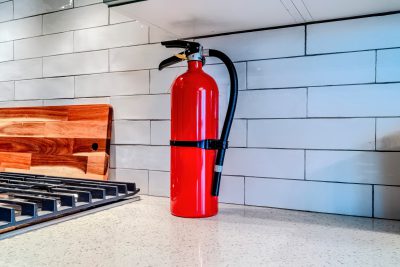2023 has been a year in which most in the housing and property sector have been playing catch up with health and safety developments. There have been a variety of health and safety issues emerge in the last few years and 2023 has been no different, with the problems around reinforced autoclaved aerated concrete (RAAC) coming to the forefront following several school closures in England in the late summer. It asks the question, what should housing providers be doing about these issues, and what can be done to try and get ahead of health and safety issues that are yet to emerge?
Damp and mould
An issue that dominated headlines at the end of last year, with the tragic and damning verdict at the inquest of Awaab Ishak’s death that found that the damp and mould in his home contributed to the two-year-olds death. 2023 has seen many housing and property organisations react to the inquest and start making changes to their practices. Many have initiated damp and mould policies and procedures to ensure that reports of damp, mould and condensation (DMC) are attended and inspected timeously, properly recorded and resolved. Collecting and monitoring data related to DMC reports is also crucial to successfully managing this issue, having budgets and contractors available to deal with all issues, and ensuring that all staff are trained in DMC and communication around this topic is key to your business ensuring best practice in this area, particularly as the winter months bring colder temperatures, less ventilation and more opportunity for condensation to become problematic.
Fire safety
The Grenfell Tower inquiry concluded in late 2022, and many aspects of the Building Safety Act came into force at various times in 2023. Whilst large parts of this Act do not apply in Scotland, it would be prudent to look to the new stringent regime introduced by the legislation in England to guide those housing providers dealing with high rise properties. Thorough knowledge of the stock, clear communication with tenants and constructive relationships with Scottish Fire and Rescue are all measures which will help those working in the housing and property sector ensure best practice when it comes to tenant and resident safety in high rise buildings.
RAAC
RAAC hit headlines in a delayed reaction style manner at the end of this summer when several schools in England were told not to reopen after the holidays after RAAC components had been deemed unsafe, despite a ceiling collapse in a RAAC school in 2018.
This building material was popular across several decades from the 1950s and used in various schools, hospitals and possibly some housing developments. Housing providers with stock and properties built or refurbished within that long timescale are now conducting surveys across their properties to check for RAAC and where present, assess and manage the risks. Where RAAC is present, this may become another factor in regular health and safety checks for properties, and where in poor condition will need to be addressed properly.
As with the other issues discussed above, knowledge of stock, careful data recording and clear communication with tenants is key to managing this as we move into the new year and more surveys conclude.
Mental health
Looking forward to the emerging health and safety trends of 2024, data that emerged this year on sickness absence indicated it was at a 10 year high, with mental health contributing significantly to short and long-term absence. Mental health issues are not new, but figures would suggest that more people are struggling with their mental health than ever before. As employers and those providing front line services, the challenges here are twofold – our tenants and customers are suffering poorer mental health than before, which can impact on our staff, and our staff are reporting higher rates of mental ill health than ever before.
Whilst it may be too late to get out ahead of this, there is no time like the present to start making changes and managing the risks. Managing the risks associated with work related stress and mental health conditions more generally means having an open and encouraging culture around the issue, giving people space to discuss these difficult issues, time and support to recover from mental ill health, and training in how to deal with customer ill health and maintain healthy boundaries whilst doing so.
This specific health and safety issue differs in that it is a totally human concern but the same principles of adequate resourcing, clear communication, sensitive data handling and training provision would be a start in developing workplaces that can manage this risk and ensure their employees wellbeing as a key health and safety objective.
There may not have been many people that would have anticipated RAAC being the health and safety issue of 2023, but it exists within an already varied set of risks that housing providers must manage. Each risk must be assessed and managed within its own context, but some core principles of awareness, training, communication and data accuracy apply to all these challenges and provide strong frameworks for managing all health and safety issues into the new year.












